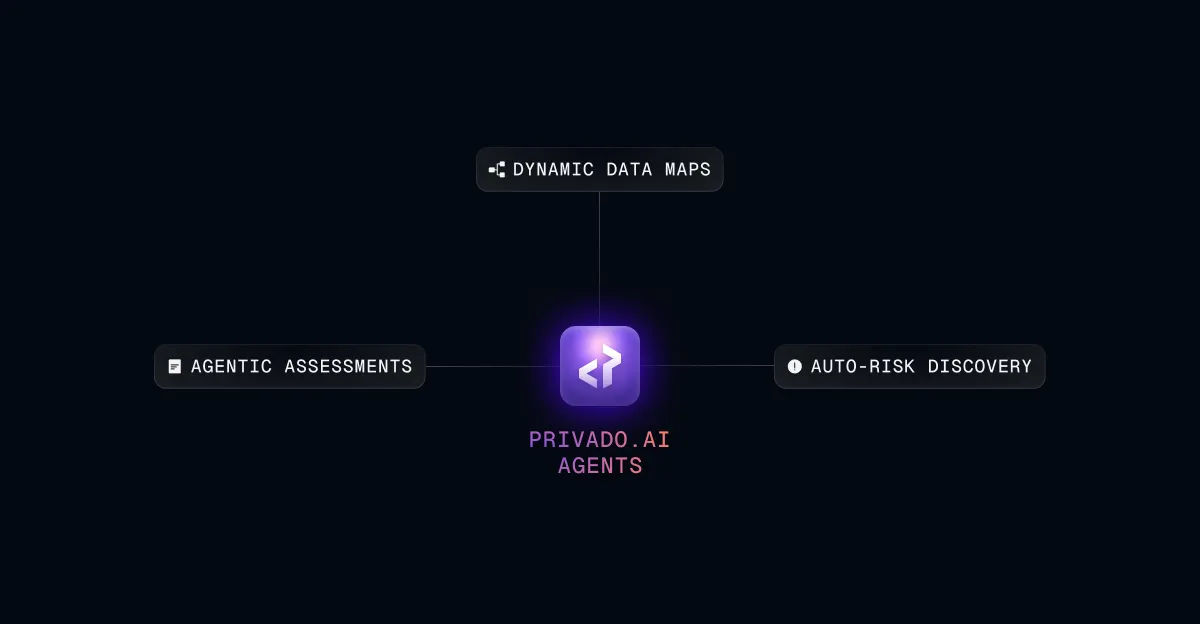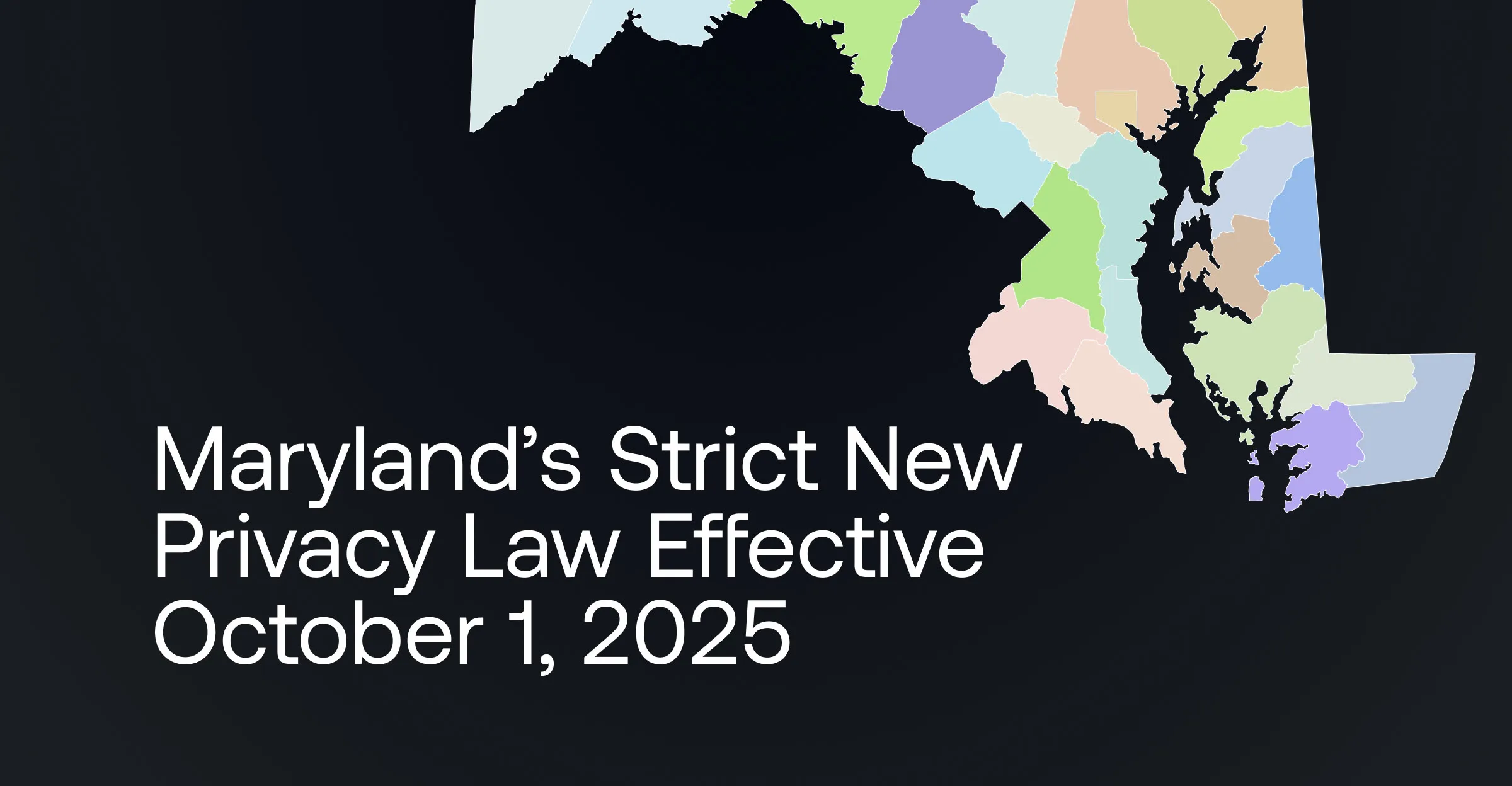Building Privacy into every stage of Software Development Lifecycle
![Integrating privacy practices in software development lifecycle [SDLC]](https://cdn.prod.website-files.com/6284902eb19fedf2a8cf76d2/6386fb661197c45e10c301b6_Privacy%20Practices%20SDLC.webp)
Software programs are now so accessible and specialized that they can reproduce the capabilities of human workers. This means that tech-savvy companies are enjoying boosts to workflow productivity, achieving more than was thought possible mere decades ago.
One must bear in mind that, as well as bringing opportunity, aspects of these technologies may also pose threats to businesses. Chief among those threats is the specter of cybercrime, which is becoming more sophisticated and organized by the day.
In fact, projections show us that cybercrime is expected to cost the world economy $10.5 trillion annually by 2025. That is an incredible increase, which brings us to the importance of privacy in the software development lifecycle/
Why user privacy is important
For the above reasons, cybersecurity practices and privacy concerns have become common buzzwords in the business tech landscape. These days, companies are adopting stringent privacy policies to put their customers’ minds at ease, as well as ward off the specter of cybercrime.
Despite this, many software developers still underestimate the scope for security weaknesses in their programs. Too often, privacy is considered an afterthought in the world of software development. This means that customers are unfairly not getting what they signed up for in a company’s privacy policy.
From a business perspective, these breaches may contravene local regulations and result in steep fines. One notable example was an $85 million class-action lawsuit against video conferencing software Zoom. Security loopholes resulted in ‘zoom-bombing’, where trolls would enter apparently secure video conferences and abuse legitimate participants..
This needs to change, and fast.
Are you getting started on privacy in software development, or looking to brush up on your knowledge? Well, this article will explain the best practices for maintaining high standards of privacy in the software development lifecycle (SDLC), as well as tips for the process.
What is meant by ‘privacy’?
A simple definition of online privacy is the secure protection of an individual’s data.
With a high level of online privacy, your personal details are safe from non-consensual collection by websites, applications, third parties, or cyber criminals.
Ann Cavoukian lays out seven foundational principles that software developers should follow in order to achieve this goal:
- Proactive not reactive
- Privacy as the default setting
- Privacy embedded into design
- Full functionality – positive-sum, not zero-sum
- Full lifecycle protection
- Visibility and transparency
- User-centric approach
These foundational principles, first laid out in 2006, now serve as the basis for various company privacy policies, as well as legal regulatory approaches. They seek to ensure fair transfers of information on the Internet, where all parties are consenting and aware of the arrangements.
Essentially, these regulations convey rights to an application or website user. For example, a user may at any time choose to:
- Access the information you have on them.
- Edit or update this information.
- Delete it permanently.
- Restrict your usage of that data.
Whilst regulatory intervention does indeed uphold these rights, user-centric applications will attempt to go a step further. By being proactive on privacy settings and making it the default option, this reduces the chances of a privacy violation further down the line. One such instance might be improper storage of data, resulting in a breach when targeted by cyber criminals.
For example, on termination of a waiver agreement template, a proactive software may remove all personal details relating to that contract. It would only keep the ‘core’ details that are necessary for bookkeeping, but no more.
Aren’t existing privacy regulations adequate already?
In an ideal scenario, privacy regulations intervene to protect consumers, in turn driving up consumer awareness and market solutions. However, we do not live in an ideal world. Instead, privacy regulations are often not enforced to a strict enough standard.
That means that just because the GDPR (or equivalent) sets out what a company can and can’t do with your data, that does not mean that it is necessarily followed to the letter of the law in actuality.
For the GDPR to have any effect, an EU member state must appoint a supervisory Data Protection Authority (DPA) to monitor and fine offenders. We all know that if a law is not enforced, it is essentially useless.
So, how effective are the enforcement mechanisms of the GDPR?
Well, the stringency of enforcement seems to depend on the particular member state’s DPA. Indeed, it is no coincidence that many major tech giants base their European hub in Ireland, whose DPA has been criticized for being more relaxed on following GDPR rules.
That being said, efforts have ramped up in recent years. A DLA Piper report found that the total value of GDPR fines imposed in 2021 was 7 times higher than those imposed in 2020. This signals a general shift toward greater user privacy in the EU, at least.
What does this mean for you and your business? Well, it means it’s about time for you to start integrating privacy practices into your software development lifecycle, ensuring privacy is built from the ground up.
Integrating privacy into the software development lifecycle
Use high-privacy dev tools
You can’t build a secure application blind, so ensure your development team has access to a first-rate suite of privacy tools.
The first step is to secure the privacy of the development team’s network, protecting it from external intruders. You might consider recording workflows on a dedicated privacy management software. These tools are sophisticated, and their API allows for integration with other company programs, such as your call center for enterprise, for example.
Next, you can go about training your developers in proper ‘privacy grammar’. Essentially, this explains the reason why each piece of code exists, making clear its importance to machines and people. That means you can cut code that may be collecting unnecessary data.
Employ continuous testing practices
If you are not involved in software development, you might be asking the question: what is continuous testing?
In basic terms, it means software testing is done at each stage of the software development lifecycle. This ensures that errors are caught early and often, ensuring a high-quality program is launched by the time the product is launched.
Continuous testing does not end there, though! In fact, it will continue monitoring software for the entirety of its lifecycle, as part of a continuous delivery process for software updates & patches.
Adopt a universal data format
Many data breaches do not occur because of deliberate actions e.g. a disgruntled employee undermining their company’s operation. Rather, it is more often due to over-collection, and inadequate storage of data.
You can help avoid this by taxonomizing the data you collect into clear subsections. Then, you can restrict access to more sensitive details, and alert your cyber security team to priorities if breaches do occur. By adopting universal data formats, this ensures the same standard of data privacy management in whatever jurisdiction you are operating.
Consider front-end user experience
If you recall the seven principles of ‘Privacy by Design’ laid out above, you will remember that software should be visible, transparent, and user-centric. In practice, that means building a front-end experience that is clear and accessible to your average customer.
You will know your customer base better than we do. So, consider the language that you use here, providing links to in-depth explanations of privacy policy and what it all means for them. Nonetheless, you should always toggle privacy settings to ‘on’ by default, ensuring private data is only shared on a purely consensual basis.
Record a privacy log
By following the above practices, the privacy of your customers will be better protected. However, things will inevitably go wrong at some point, and you must be prepared for that day.
That means you must keep an immutable record of all privacy-related actions in the development process. Then, you can track the point of error and remedy it – for example, by disciplining and retraining the erring employee responsible for the breach.
Tips for making the process smoother
Consider using third-party testers
These days, many software developers are outsourcing the testing phase of their product to an external service provider. This reduces the workload on the development team, who can focus on building outward while the testers pick up the slack.
Choose your outsourcing partners wisely
Selecting your software testers can be a tricky task, given the importance of the operation. A starting point is to look for services that adhere to the best CI/CD practices. This will be an indicator of the long-term success of your business partnership, as testers and builders must see eye to eye on your company’s processes.
When using a third-party software testing service, doubts may also be raised about the ‘security’ of the operation.
Whilst there is nothing wrong with this in principle, you should certainly confirm that your partners are adhering to the same privacy policies as your own. It only takes a few minutes setting up a conference call before you can get into the nitty-gritty, like onboarding testers to your privacy management software.
Conclusion
To conclude, user privacy is critical when building a software application. This ensures that your product will be built to the privacy standards of tomorrow, which are rapidly approaching in this regulatory environment.
By now, you should have a good idea of what online privacy is and how it can be achieved in the software development lifecycle. Namely, that means using privacy tools and employing continuous testing, with a recorded log of changes. Then, you will find weaknesses before they emerge into a serious data breach, saving your company from losing face and paying regulatory fines.

.webp)

